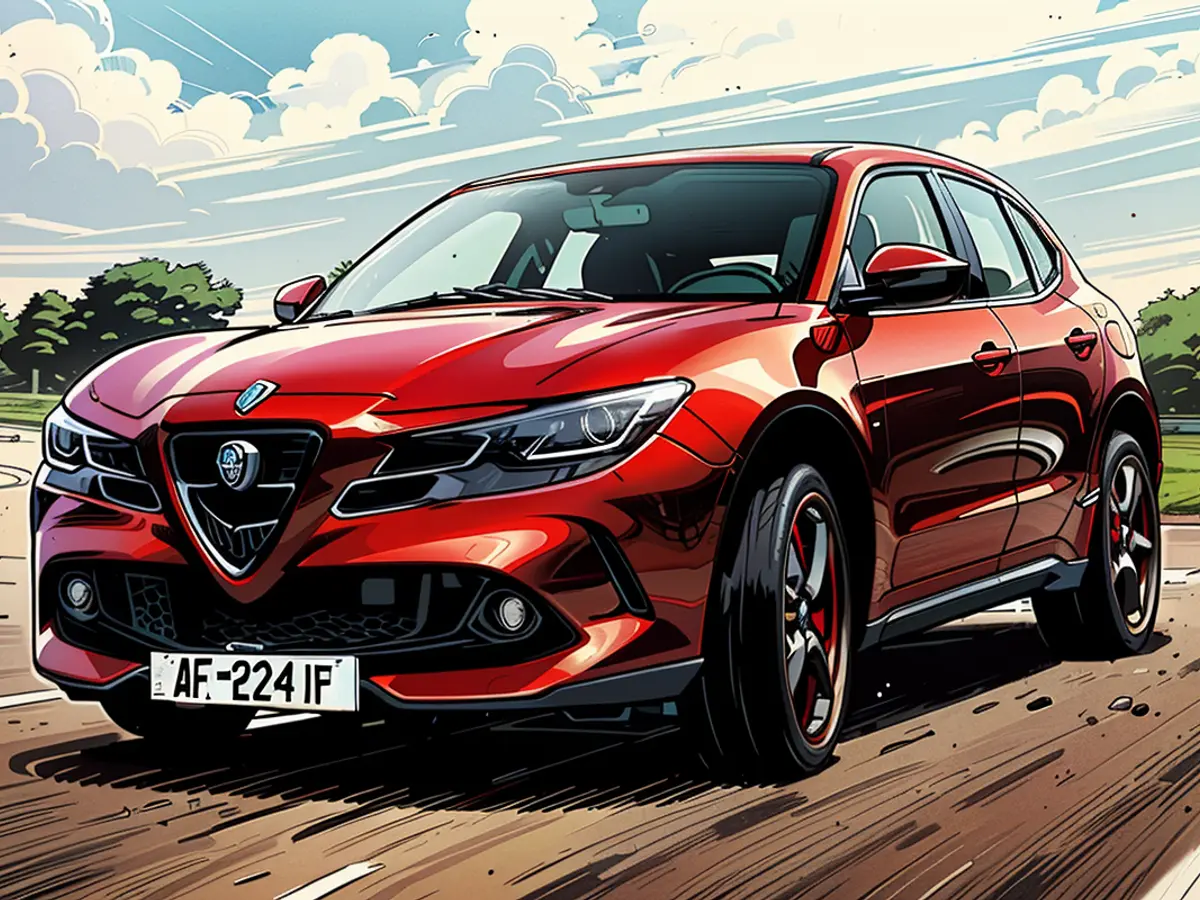Alfa Romeo Junior Veloce - harsh, but heartfelt
Alfa Romeo introduces its first electric model in a reinforced sport version. After the soft-spoken Tonale, Alfa Romeo returns to its roots with the Junior Veloce. It drives as dynamically as no other small electric car. But it charges relatively slowly.
How do car buyers be persuaded to switch to an electric vehicle? This is a question that all manufacturers are grappling with, and they answer with various concepts. Tesla and Chinese brands excite the technical possibilities of compact electric drives and offer cars with clean interiors, large screens, and touch controls. BMW, Mercedes, and several other European brands are taking a more measured approach, wanting above all not to shock older customers with radically new designs.
With an interior that would also appeal to petrolheads, Alfa Romeo now joins the ranks of the traditionalists. As a 4.17-meter long SUV, the Junior enters a booming segment. Small, affordable electric cars are popular counterparts to the many large, heavy, and expensive electric SUVs. With an entry price of €39,500, the Alfa remains below the magic €40,000 threshold for many buyers.
Sad Niche Existence until Recently
It's logical that the Italians started their electric mobility journey with a small SUV instead of a sporty sedan in the format of the Giulia. For too long, Alfa Romeo had a sad niche existence, even teetering on the brink. Only with the introduction of the compact SUV Tonale two years ago did things start to improve. But real Alfisti missed the sporty DNA of the brand in the Tonale. The Italians now want to bring that to their first electric car. They want to win back the many fans who have landed at BMW, Audi, or Cupra due to the lack of new models.
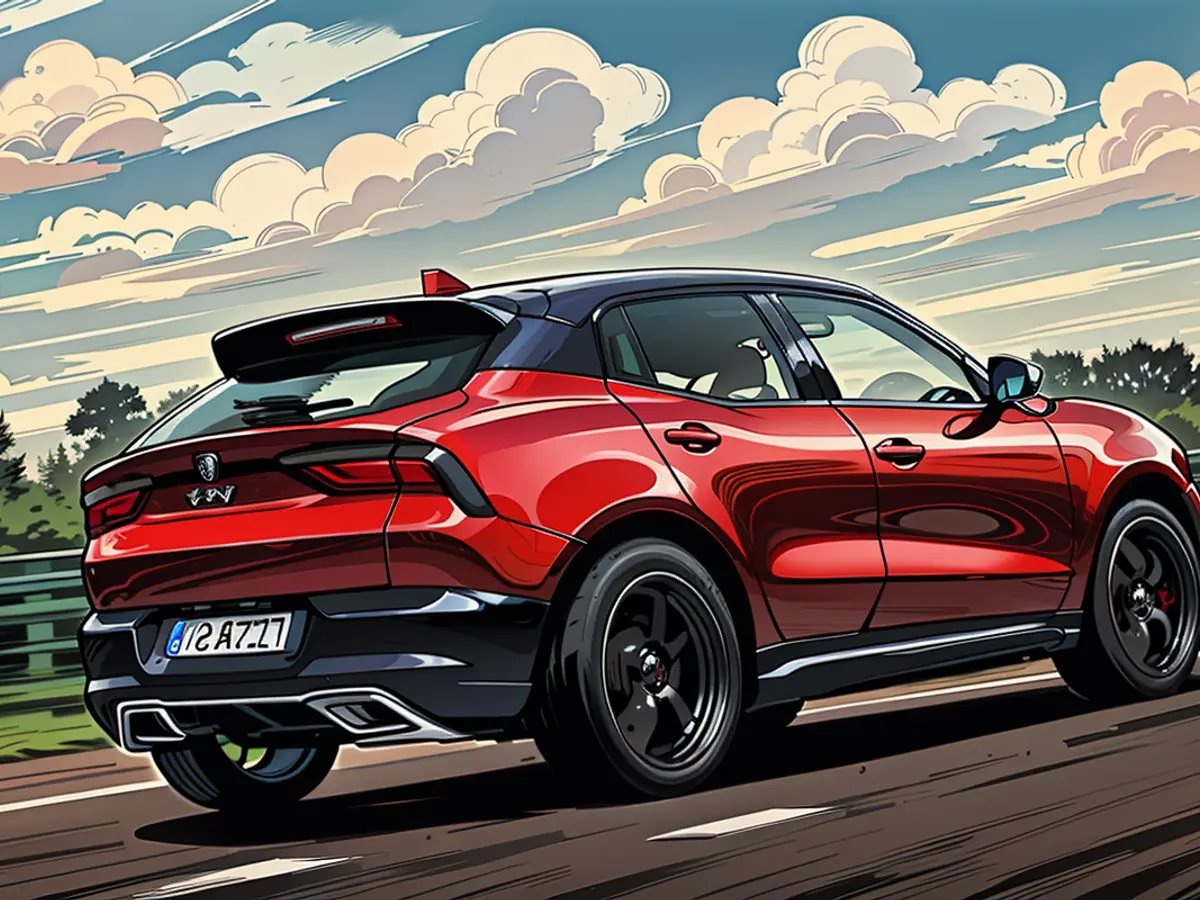
The Junior uses the same electric basis as the group models Jeep Avenger or Fiat 600e. This includes the relatively small battery with 54 kWh, which should provide around 400 kilometers of range. The 115 kW/156 PS standard Stellantis motor is also present under the stylishly folded metal.
Test Drive with the Hot Piece
For the first test drive, the Italians provided their hot piece, the 200 km/h fast and €48,500 expensive Junior Veloce. Its 207 kW/280 PS powerful synchronous motor was developed in-house and combined for the first time in an electric car with a mechanical Torsen locking differential. In addition, there are stiff stabilizers and a sport suspension lowered by 2.5 centimeters. Furthermore, the Veloce weighs only 1585 kg, about 200 kg less than most electric cars in this segment. This promises driving fun, especially since Alfa sends us to their own test track, where all vehicles are tested and fine-tuned.
So get in, position the stiff, body-hugging seats, fasten the seatbelts. Seats and sports steering wheel are covered with black-red velour, the entire interior looks more upscale than with the corporate siblings. One feels right at home. The mirrors can be adjusted as usual via a switch in the armrest and not, like in the new Volvo EX30, via the central screen and steering wheel controls. A broad central console separates the driver's cocoon-like workspace from the passenger, the 10.25-inch display with the buttons below it turns slightly towards the driver. Everything is as expected. One has to know that one is in an electric car and not in a sporty gasoline or diesel.
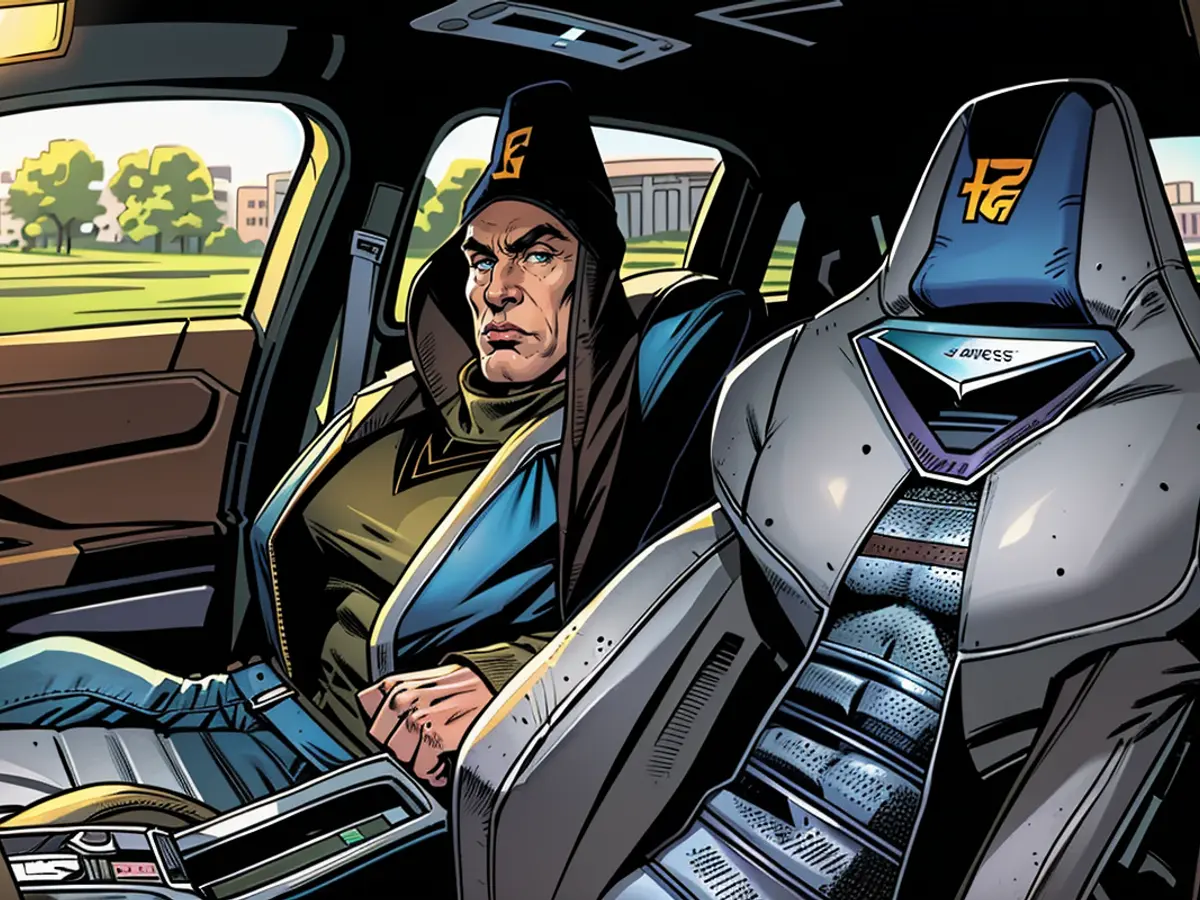
Satisfied on the Road, Agile around the Corner
Self in drive, the Junior briefly forgets that an E-Motor is propelling it. The artificially produced motor sound, only audible inside the cabin, sounds stern yet not intrusive. We set the driving mode to Dynamic, disabling the motor regulator, steering, and pedal recuperation. Exhausted, the Alfa Romeo plunges into the first curves of the 20-kilometer long course.
Does it grip or slide over the driven front wheels? No problem, the Junior is thrilled on the road, pushing the limits of physics to new heights. The almost rigid chassis suppresses any side tilt, and the extremely direct steering lets the car dart around corners with small movements of the steering wheel.
Above all, the differential seems to be working. As soon as a wheel threatens to skid, the excess torque is directed to the opposing wheel. The Junior literally pulls itself into the curve, remaining stable even at high speeds. Moreover, the Alfa Romeo puts its 280 PS to good use on the road. Even in the driven model, there are no noticeable traction issues.
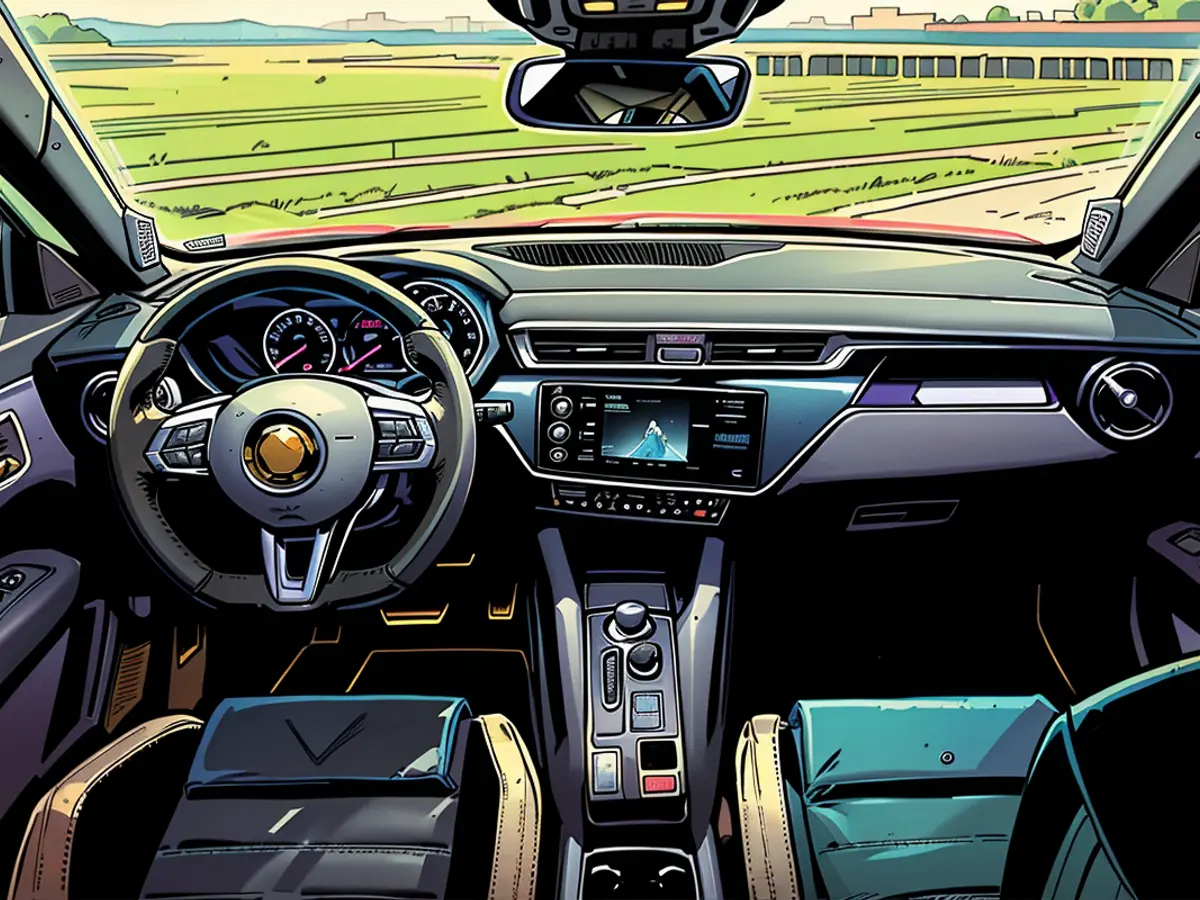
No other small electric car drives this dynamically
The technology has merit off the racetrack as well, making driving safer and more manageable for inexperienced pilots. There's no question: Alfa Romeo's mastery of transferring this competence into the electric age is impressive. No other small electric car drives this dynamically. However, it's recommended to take a thorough test drive before purchasing, as the relatively firm suspension may not suit everyday use.
After two quick laps, we let the four-piston brakes mounted behind the 20-inch rims cool down. A brief walk around the car, then it's time to dock at the charging station, drawing in a maximum of 100 kW of power.
A peek into the trunk: 400 liters of cargo space is more than the competition offers. A variable floor can be set in two stages to facilitate loading. If not needed, it remains in the floor. For a large furniture purchase, the Junior is still not suitable, as the rear seats fold down steeply towards the front.
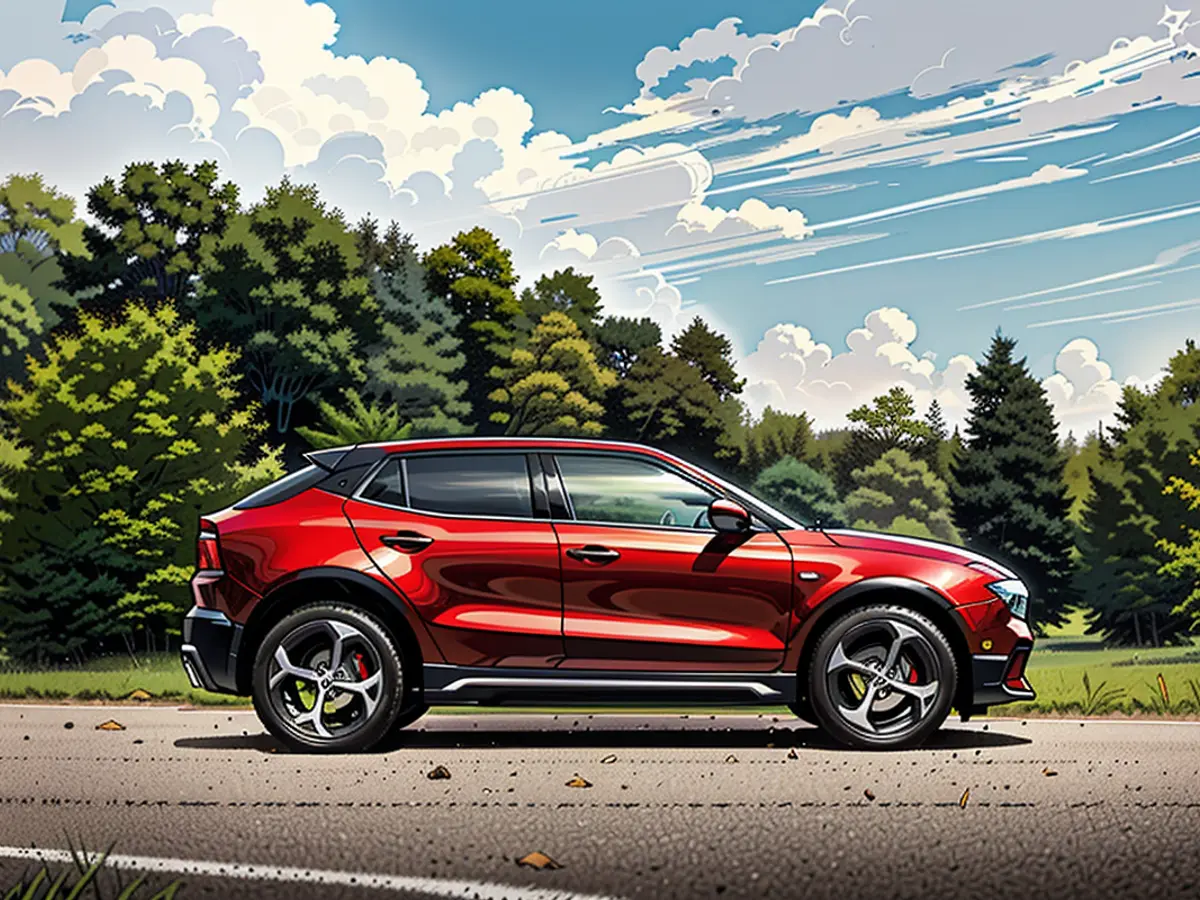
The rest is quickly recounted: Like all new electric cars, the Junior's software can be updated over the air. A sensible route planning searches for suitable charging stations and calculates necessary charging times. The LED headlights can be expanded with a matrix function upon request. However, those who want all the bells and whistles must also order the two optional packages, bringing the total price to around 54,000 Euro. The top-of-the-line all-wheel-drive version is scheduled for release at the end of 2024.
For those still doubting electric mobility after the test drive, the Alfa Romeo Junior Hybrid could be an alternative. The hybrid with 48-Volt technology and a 21 kW strong E-Motor costs 29,500 Euro, but it, too, must forgo the sporty attributes and the locking differential. How much Alfa DNA remains, a test will show.
Alfa Romeo Junior Veloce - technical data
- Five-seater SUV; Length: 4.17 m, Width: 1.78 m (with exterior mirrors: 1.98 m), Height: 1.53 m, Wheelbase: 2.55 m, Trunk volume: 400-1265 l
- One electric motor, power: 207 kW/280 PS, Torque: 345 Nm, Front-wheel drive
- 0-100 km/h: 5.9 s, Top speed: 200 km/h
- Lithium-ion battery, capacity 54 kWh (usable: 51 kWh), no heat pump, max. charging power 11 kW (AC)/100 kW (DC), charging time 10-80 percent (DC): 30 min
- Consumption: n.a., Range: approx. 400 km
- Price: 48,500 Euro
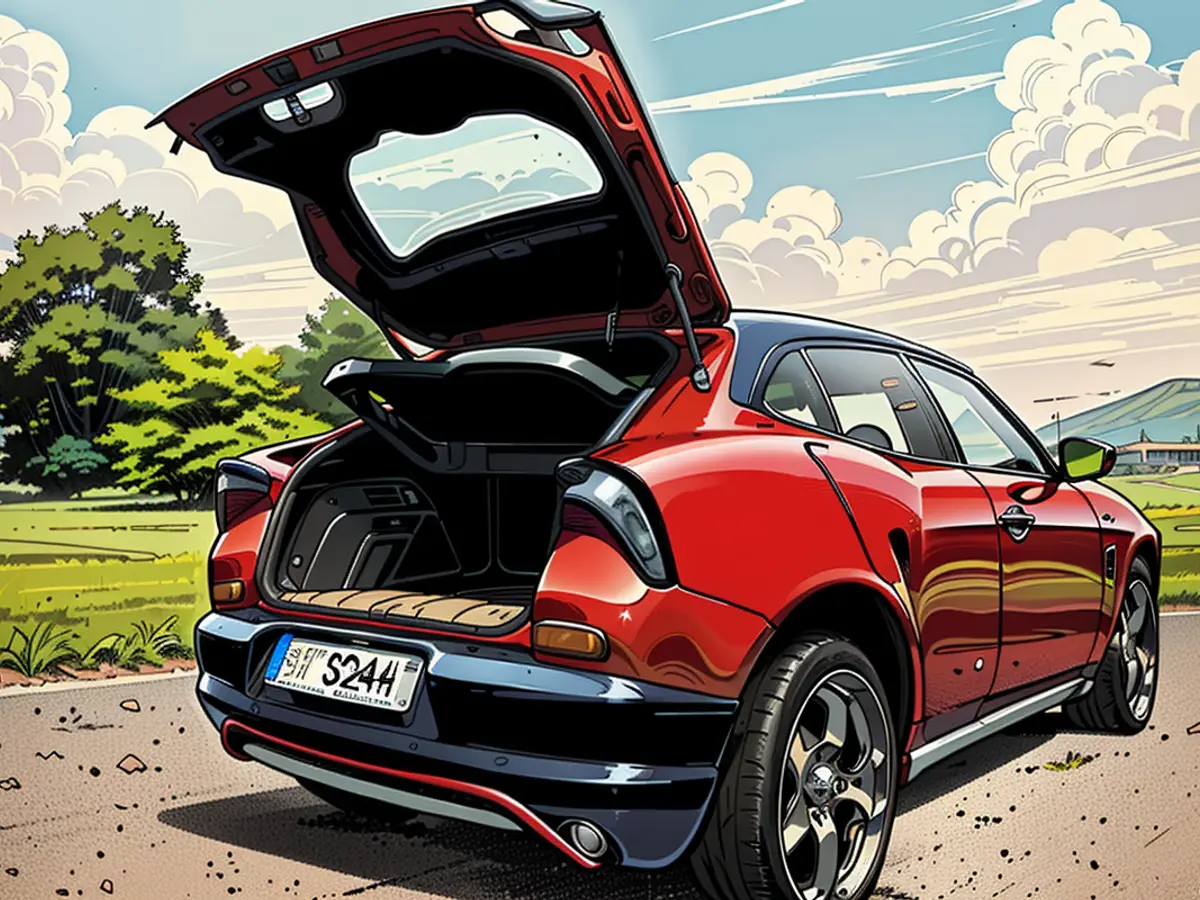
- With the introduction of the Junior Veloce, Alfa Romeo not only enters the booming market of electric Sports Utility Vehicles but also offers an electric Sports Wagon that caters to petrolheads, aiming to attract car buyers who might have switched to other brands due to the lack of new models.
- The Alfa Romeo Junior Veloce, an electric SUV, is equipped with Stellantis' standard motor and a relatively small 54 kWh battery, common in many small and affordable electric cars, but sets itself apart with its sporty features, such as a mechanical Torsen locking differential and stiff suspension.
- As more and more manufacturers embrace electromobility, Alfa Romeo's approach to electric cars, balancing sportiness and affordability, could be instrumental in persuading traditional car buyers to switch to Electric Sports Wagons and Utility Vehiches, like the Alfa Romeo Junior Veloce.
